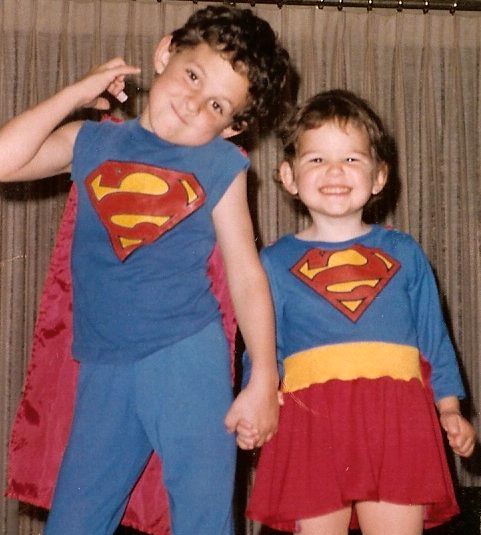I get scared.
A lot.
Sure, the big black jumping spiders sharing our apartment with us freak me out; but the fear I’m talking about usually rears its head right before I’m going to do something I love—like teach meditation, go traveling, start a business, or write a blog. Usually the fear comes around when I’ve been following my heart’s call, and it tries to convince me not to do what my heart has pushed for.
For weeks ahead of a big heart-led event, like this Mindfulness Teacher Training I recently attended, my fear starts creeping in. Not yet even discernable as a thought, it envelops me like a fog—trying desperately to obscure my heart from me. Before I know it, I’m clinging to every detail of planning for the event. As if having some control over part of it will somehow make the free-floating-fear-fog dissipate. Instead, it usually gets worse the more I plan.
Closer to the event the worries start to bubble to the surface. What will I say? Will people like me? What if I’m late? What if it’s not the right thing for me and my heart has been full of bologna this whole time?!
Logical Leslie takes over, attempting to shut these fears down. You’ve done this sort of thing before. You won’t know the answers unless you do it. It’s as though I’m desperately hoping that if I can logic my way through it, the fears will leave and I’ll get to be the self-assured confident person I aspire to be.
Unfortunately planning and logic-ing the fears away doesn’t usually work for me. Instead, this tends to amplify my anxiety. Even when I meditate on my fear each day, sending myself love, it still feels like part of the fear keeps eluding me. And that elusive part grows so big when I’m not meditating that it feels like a terrifying shadow following me around, weighing heavily on my heart wherever I go.
Yeah. It’s pretty miserable.
As the actual event gets closer I somehow convince myself that I’m not THAT scared, and that whatever messages my heart sent me months ago when I signed up for this, well, that those messages are probably still worth following. A stoicism overtakes me. I’m tight—tight shouldered, tight stomached, tight lipped. As if locking myself inside of me will somehow protect me from myself and whatever imaginary Other my fear has created.
At times like these, all I can do is breathe—following each breath with faith that my heart still knows the way.









